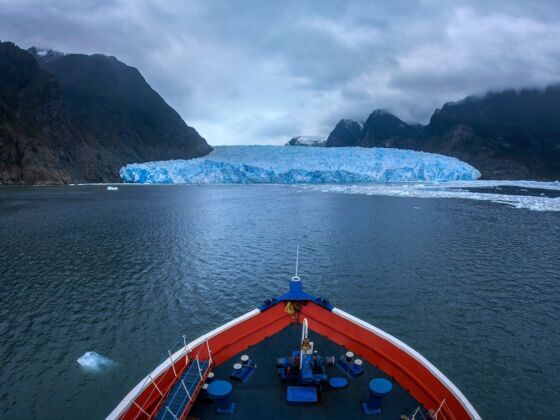If you love hiking, trekking, or just getting out into nature, chances are Patagonia has a place on your travel list. But due to its isolation and how spread out everything is, it can also be a pretty expensive undertaking. Between flights, hotels, food, and activities, a trip to Patagonia can set you back a fair amount. We’re talking thousands of dollars.
Luckily, there are plenty of ways to scrape and save both before and during your trip, putting South America’s final frontier at your fingertips.
